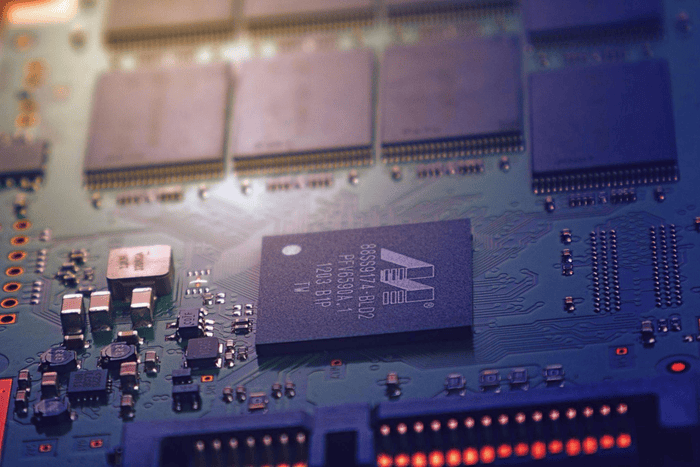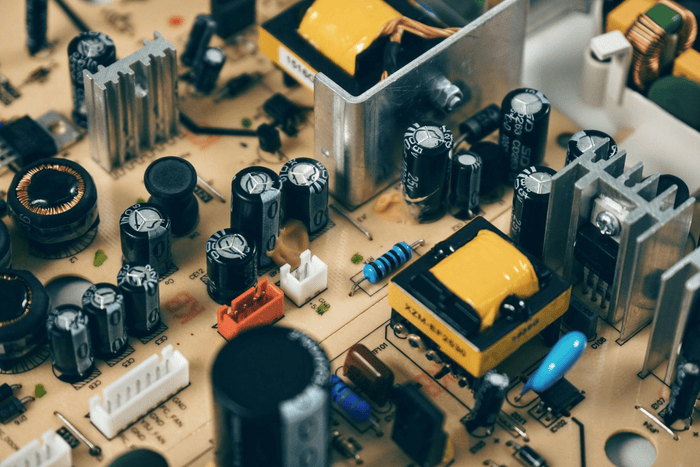Voltage surges can cause significant damage. They impact electronic devices and reduce their lifespan. According to industry reports, power surges cost businesses millions each year. Stopping surges is very important to save equipment and keep efficiency.
When electric failures happen due to surges, it can lead to expensive but necessary repairs by a licensed Ocala FL Electrician. Businesses and homeowners must take the right precautions. Understanding how to prevent these issues ensures long-term safety.
The Importance of Having High-Quality Components
High-quality components improve system stability. They handle fluctuations better and provide consistent performance. Inexpensive or low-grade parts can lead to a higher chance of failure. Trustworthy resistors, capacitors and connectors are very important.
Investing in superior components reduces downtime and maintenance costs. Manufacturers that produce quality electronics use certified components, meeting higher safety standards. That is why if you’re looking to replace an electronic component, even something as small as a PTVS2-xxxC-H Series TVS diode, you should look for a reliable supplier that can sell you a high-quality part.
Poor-quality components degrade quickly and can cause serious failures. Choosing certified electrical parts ensures durability. It also prevents unexpected malfunctions. The extra cost of better components pays off in reliability.
Using Surge Protectors
Surge protectors help prevent voltage spikes. They divert excess energy away from sensitive equipment. Installing them at key points minimizes the impact of sudden power surges. Different types exist, including plug-in and whole-house protectors.
Choosing the right one depends on the application. Plug-in surge protectors protect small devices. Whole-house protectors safeguard entire electrical systems. Businesses often use industrial-grade surge protectors. These units handle larger loads and offer better protection.
Choosing a surge protector with proper ratings is essential. Look for models with higher joule ratings. These provide better absorption capacity. Surge protectors with multiple outlets are convenient. They allow users to protect several devices at once. Regularly replacing old protectors ensures effectiveness. Worn-out surge protectors fail to provide adequate protection.
Implementing Proper Grounding Techniques
Grounding is essential for safety. It provides a path for excess electricity. Without proper grounding, surges can damage circuits. Using dedicated grounding rods improves protection. Ensuring all systems have a solid ground connection reduces risks.
Grounding electrical systems helps prevent electrocution. It also reduces the chances of fire. Homes and businesses must meet grounding code requirements. Installing copper grounding rods is a reliable method. Electrical panels should connect to grounding points.
Ground wires must be properly maintained. Corrosion or damage to grounding wires weakens protection. Regular inspections ensure grounding systems remain effective. Grounding surge protectors add another layer of safety. They channel excess voltage away from sensitive circuits.
Regular Maintenance and Inspections
Routine maintenance identifies potential issues. Inspecting electrical connections prevents failures. Loose wiring and corroded contacts increase vulnerability. Regular checks help detect wear and tear. Replacing damaged parts prevents bigger problems. Inspections should include testing surge protectors. Faulty units must be replaced immediately.
Circuit breakers should be checked for proper function. Faulty breakers fail to stop power surges. Maintenance schedules should be followed strictly. Ignoring small issues leads to costly failures. Hiring a professional for periodic inspections is a good practice. Electricians can identify problems before they escalate. Keeping maintenance logs helps track potential issues.
Installing Uninterruptible Power Supplies (UPS)
UPS systems provide backup power. They help stabilize voltage levels. In case of sudden outages, they supply consistent energy. Using a UPS reduces the impact of power fluctuations and selecting the right one depends on load requirements.
Businesses use high-capacity UPS systems which protect critical servers and equipment. Homeowners use smaller UPS units for personal devices.
Choosing a UPS with surge protection is beneficial as this adds an extra layer of security. Battery maintenance and replacement are important for UPS systems since its main goal is to ensure uninterrupted power during outages. Automatic voltage regulation (AVR) is a key feature. AVR-equipped UPS units keep voltage levels stable.
Avoiding Overloading Circuits
Overloaded circuits increase surge risks. Distributing electrical loads evenly prevents overheating. Using dedicated circuits for high-power devices reduces stress. Proper load management enhances safety and efficiency. Overloaded circuits cause excessive heat buildup. This weakens wiring insulation. Burnt wiring can lead to dangerous short circuits.
Electrical fires often start due to overloads. Installing additional circuits helps manage heavy loads. High-wattage appliances should be connected to separate circuits. Avoiding excessive power strips prevents overloads. Hiring an electrician to assess load distribution is wise. They can suggest improvements for better safety. Electrical panels should be upgraded when necessary. Older panels struggle to handle modern power demands.
Managing External Power Sources
External power sources introduce risks. Lightning strikes and grid fluctuations cause surges. Using voltage regulators stabilizes the supply. Installing lightning arrestors improves protection. Managing power sources prevents unexpected damage.
Generators should be properly connected. Poor generator installation leads to voltage spikes. Installing transfer switches prevents back-feeding issues.
Solar power systems should include surge protection. Fluctuations in solar energy output can cause surges. Using inverters with built-in stabilizers ensures smooth power delivery. Power conditioning equipment improves supply quality. These devices regulate voltage and remove electrical noise. Reliable power management systems reduce risks from external sources.
Conclusion
Preventing voltage surges requires a proactive approach. Using high-quality components improves durability. Surge protectors and grounding enhance safety.
Regular maintenance prevents failures. UPS systems stabilize the power supply. Avoiding overloads reduces stress on circuits. Managing external sources minimizes risks. Implementing these steps ensures reliable performance. Electrical safety depends on careful planning. Property owners must invest in the right solutions.
Preventative measures save money in the long run. A well-maintained system functions efficiently. Taking precautions today prevents costly failures later. Reliable electronics improve productivity and peace of mind. Consistent protection strategies ensure long-term stability. Every system benefits from proper surge prevention techniques.


